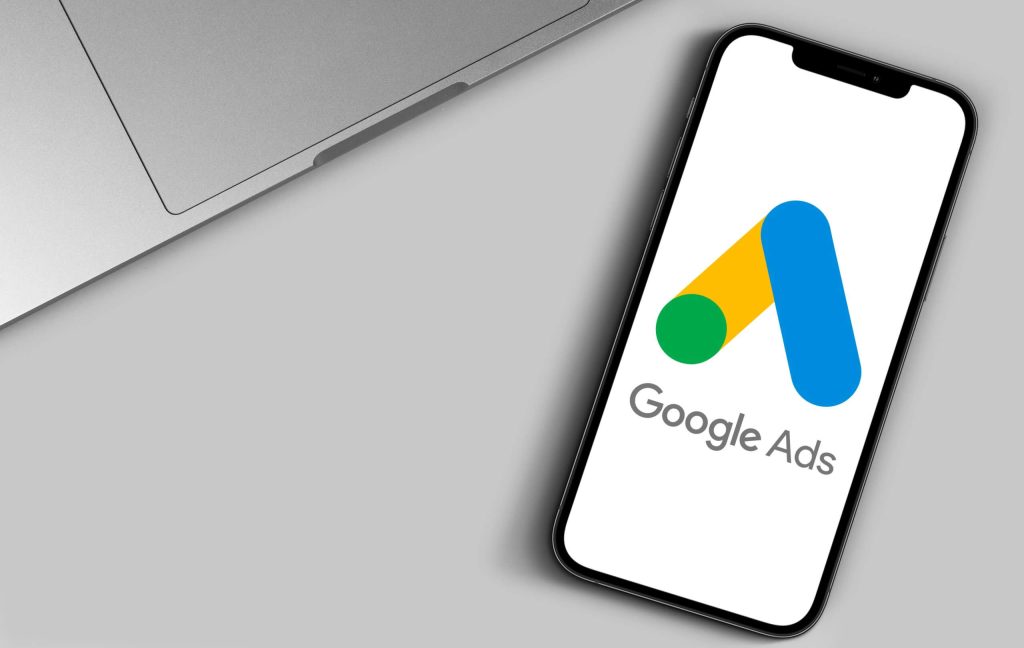A Guide to the Different Types of Facebook Ads
A Guide to the Different Types of Facebook Ads

- Introduction
- Understanding Facebook Ad Types
- Best Practices
- A/B Testing Different Ad Types
- Ad Placements and Mobile Optimization
- Case Studies and Real-Life Examples
- Future Trends in Facebook Ad Types
- Conclusion
Introduction
With over 2.8 billion monthly active users, Facebook ads’ potential reach is undeniable. However, the true power of Facebook advertising lies in its vast audience and the diverse array of ad types it offers. This variety enables marketers to tailor their strategies to different objectives, audiences, and content formats.
By understanding the unique aspects of each ad type, you can create more effective, engaging, and targeted campaigns. Let’s dive in!
Understanding Facebook Ad Types
Before launching a campaign, it is essential to understand the different types of Facebook ads. Below, we will delve into their unique features, advantages, disadvantages, and the scenarios where they are most effective. This comprehensive guide will explore the characteristics and best practices for Facebook ads.
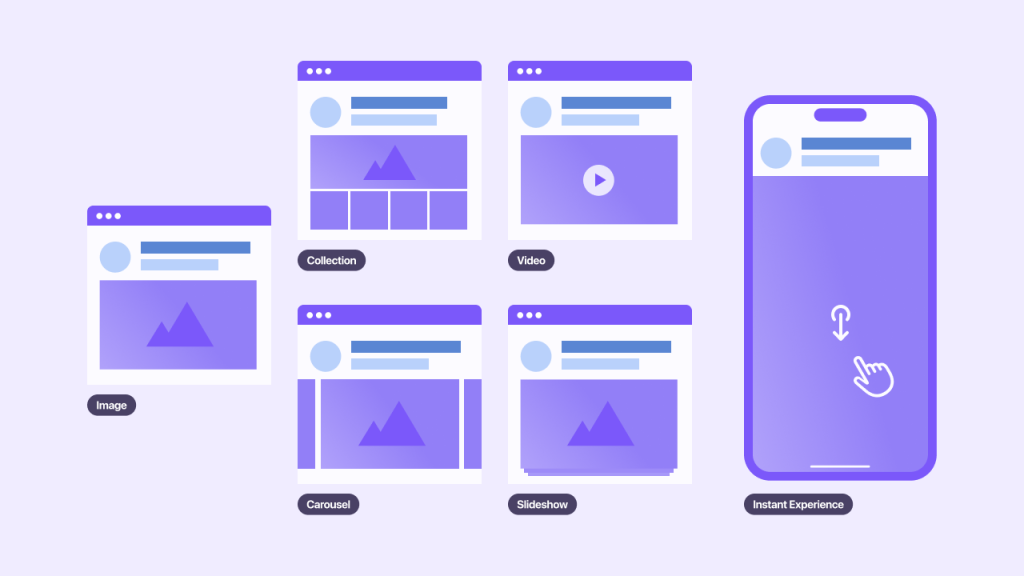
Still Image Ads
- Description: These ads use a single static image to convey your message.
- Pros: Simple to create, cost-effective, and often have a high impact due to their straightforward nature.
- Cons: Limited storytelling capability and less engaging than motion ads.
- Usage: Best for clear, concise messages, brand awareness, and when targeting audiences with slower internet connections.
Video Ads
- Description: Video ads incorporate motion, sound, and text to tell a more dynamic story.
- Pros: Highly engaging, suitable for storytelling, and effective for grabbing attention.
- Cons: More resource-intensive to produce and may be skipped if not immediately captivating.
- Usage: Ideal for product demonstrations, storytelling, and when you want to create a strong, emotional connection with the audience.
Carousel Ads
- Description: These ads allow multiple images or videos in a single ad, each with its own link.
- Pros: Showcase multiple products, tell a sequential story, or highlight different features.
- Cons: It can be overwhelming if not designed cohesively and may require more creative input.
- Usage: Great for e-commerce businesses showcasing a range of products or for narratives that unfold across multiple cards.
Slideshow Ads
- Description: A series of still images played as a video, often with added text and music.
- Pros: This type is less resource-heavy than video ads but is more dynamic than still images. They can be good for slower internet connections.
- Cons: Slideshows can be less engaging than video ads and are limited in storytelling complexity.
- Usage: Useful for businesses with limited video resources or for audiences in areas with low-bandwidth internet.
Collection Ads
- Description: These ads offer a cover image or video and several product images.
- Pros: They are immersive, mobile-optimized, and ideal for driving online sales directly from the ad.
- Cons: Primarily effective only for e-commerce and requires an excellent online catalog setup.
- Usage: These are best for retail brands looking to showcase a collection of products.
Instant Experience Ads
- Description: Full-screen ad experiences that are openable from other ad formats.
- Pros: Highly interactive, mobile-optimized, and can include a mix of images, videos, carousels, and more.
- Cons: Complex to set up and may require significant creative resources.
- Usage: Effective for immersive storytelling, brand experiences, or when you want to provide a detailed look at your products/services without leaving Facebook.
Dynamic Ads
- Description: Automatically promote products to people who have expressed interest on your website, in your app, or elsewhere on the internet.
- Pros: Highly targeted, personalized, and effective for remarketing.
- Cons: Require integration with your product catalog and Facebook Pixel or SDK.
- Usage: Ideal for retargeting, especially for e-commerce sites with a large inventory.
Sponsored Stories
- Description: Ads that appear more like organic content, showing user interactions such as likes or shares of your content.
- Pros: Appear more natural and trustworthy, leveraging social proof.
- Cons: They offer less control over content because they rely on user-generated interactions.
- Usage: Effective for increasing engagement and reach, particularly when you have content that’s already performing well organically.
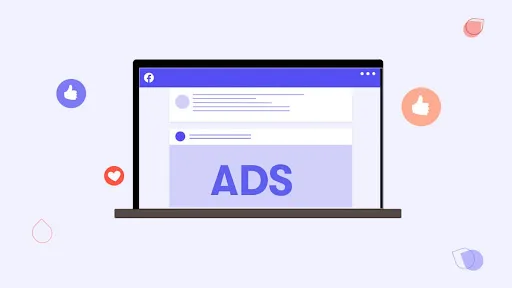
Best Practices
Each type of ad – be it still images, videos, carousels, or dynamic ads – offers unique opportunities for engaging with your audience. Below, we explore the best practices for each ad format.
Creating Effective Still Images Ads
Use high-quality visuals and minimal, clear text for impactful static image ads. Stick to your brand colors and design principles. Successful campaigns demonstrate the effectiveness of simplicity and a strong call to action.
Leveraging the Power of Video Ads
Video ads should be short (ideally under 2 minutes) and engaging. Start with an attention-grabbing intro, maintain a cohesive story, and conclude with a clear call to action. Video ads should be at least 15 seconds long but no more than 30 seconds long as a rule of thumb.
Using Carousel Ads for Storytelling
Utilize carousel ads to tell a story or showcase multiple products, maintaining a consistent theme across cards. They’re effective for creating interactive narratives or panoramic image displays.
Dynamic Ads for Personalization
Dynamic ads offer personalized content based on user interactions. They require integrating your product catalog with Facebook and tracking user behavior. Use them for targeted marketing, which enhances shopping experiences and conversions.

A/B Testing Different Ad Types
The significance of A/B testing lies in its ability to provide empirical data on the effectiveness of different ad types, designs, and content, enabling advertisers to make informed decisions based on actual user responses rather than assumptions.
Setting Up A/B Tests
- Define Your Objective: Clearly define what you want to test (e.g., ad type, copy, image) and what success looks like (e.g., click-through rate, conversion rate).
- Create Variations: Develop two variations of your ad that differ in only one key aspect to isolate the impact of that variable.
- Target the Same Audience: To maintain the integrity of the test, Ensure that both versions are shown to a similar audience.
- Set a Timeline and Budget: Decide on the test duration and budget. Both versions should have equal exposure to avoid skewed results.
- Launch Simultaneously: Release both versions simultaneously to ensure that external factors affect them equally.
Analyzing A/B Test Results
- Use Relevant Metrics: Focus on the metrics that align with your initial objectives, such as engagement rates, conversion rates, or return on ad spend.
- Statistical Significance: Ensure that your results are statistically significant. This means that the observed outcomes are likely due to the changes you made rather than random chance.
- Learn and Iterate: Analyze the differences in performance, understand why one version outperformed the other, and use these insights to refine future campaigns.
- Broader Implications: Look for broader insights that can be applied to other aspects of your marketing strategy beyond just the specific ads tested.
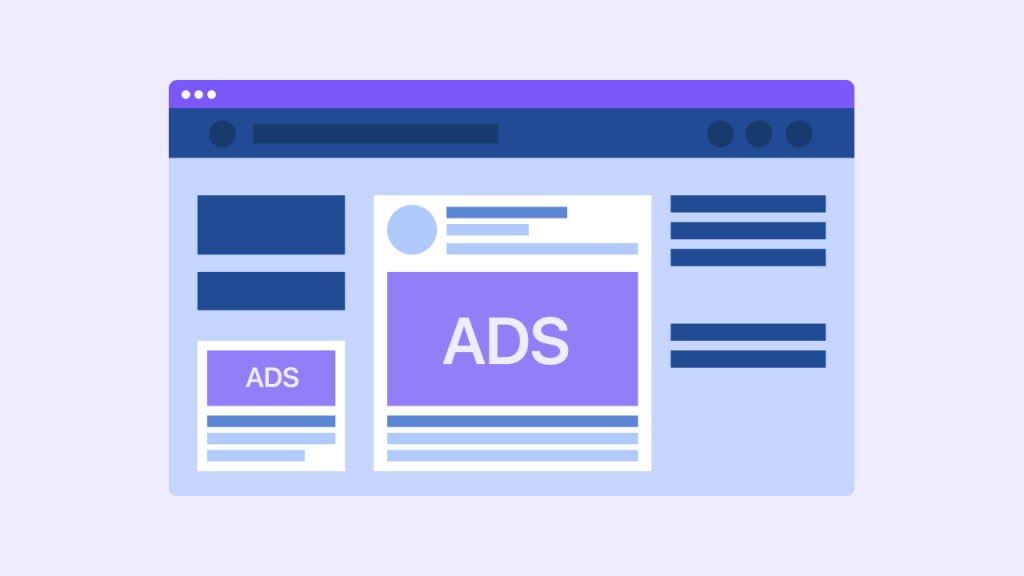
Ad Placements and Mobile Optimization
The effectiveness of your Facebook ads heavily depends on choosing the right ad placements. Different ad types resonate differently across platforms like Facebook’s newsfeed, Instagram stories, or the Audience Network. Align your ad placement with where your target audience is most active to boost campaign performance.
Mobile optimization is also crucial for ad success. With most Facebook users on mobile, ads must be designed for easy viewing on smaller screens. This includes mobile-friendly formats and quick loading times. Failing to optimize for mobile can lead to poor engagement and reduced effectiveness of your ads.
Case Studies and Real-Life Examples
GoPro – Video Ads
A real-life example of a large company using Facebook ads effectively is GoPro’s “Million Dollar Challenge.” When GoPro launched their HERO7 Black camera in 2018, they also initiated the “Million Dollar Challenge,” a user-generated content (UGC) campaign.
Participants were encouraged to submit their most exciting and creative video clips to win a portion of a $1 million prize. This contest was a great incentive and a clever way to generate content. The submitted videos featured thrilling activities and lifestyles that resonated with GoPro’s target audience, making the ads hard to ignore even for non-participants.
By leveraging video ads that showcased dynamic, action-packed content created by actual users, GoPro effectively demonstrated the capabilities of its product while engaging and expanding its community.

Airbnb – Dynamic Ads
Airbnb has effectively utilized Facebook ads to promote its unique accommodation and experience offerings. They employed dynamic ads targeting users based on their browsing history and interests. For example, if a user had previously looked at accommodations in Paris, Airbnb’s dynamic ads would showcase various Parisian experiences or unique stays in the city.
This personalized approach made the ads highly relevant and engaging, leading to increased bookings. The campaign demonstrated the power of using Facebook’s targeting capabilities to deliver personalized content that resonates with individual preferences and travel aspirations.
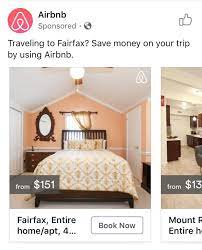
Starbucks – Carousel Ads
Starbucks skillfully leverages Facebook’s still image ads to spotlight their seasonal beverages, such as the iconic Pumpkin Spice Latte and festive holiday drinks. Each ad features a captivating, high-quality image of a single drink, accompanied by engaging copy that highlights its unique flavor profile. This focused approach allows Starbucks to draw attention to individual seasonal specialties, enticing customers with the allure of each specific offering.
These campaigns are particularly impactful as they harness the excitement of the season, motivating customers to visit Starbucks and experience the flavors firsthand. The effectiveness of these still image ads stems from their ability to vividly showcase each drink, sparking interest and anticipation for these limited-time treats.
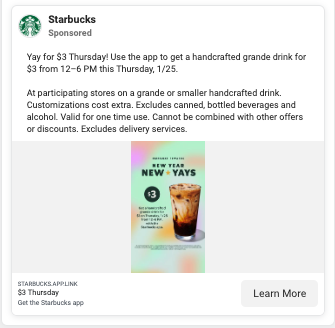
Future Trends in Facebook Ad Types
Facebook’s advertising landscape is rapidly evolving, marked by the integration of augmented reality (AR) ads, allowing for interactive experiences like virtual product try-ons. Concurrently, there’s a surge in conversational ads via Messenger, fostering real-time, personalized customer engagement. The platform is also enhancing its e-commerce capabilities with Collection ads and integrated shopping experiences, streamlining the path from discovery to purchase within the app.
Additionally, the growing emphasis on data privacy is reshaping ad targeting and measurement strategies, addressing user concerns and regulatory shifts. Advertisers need to stay updated with these trends, as they offer new ways to connect with audiences while balancing effectiveness and user privacy in this dynamic digital advertising environment.
Conclusion
To maximize your advertising efforts on Facebook, it is crucial to explore the full range of available ad formats. Experimenting with different types aligns your campaign with your marketing objectives, ensuring a broader reach and deeper engagement with your audience.
Is your brand looking to elevate your digital presence? Connect with Adspace to craft an effective Facebook ad campaign tailored to your brand’s unique story and goals. Let’s create compelling, result-driven ads that captivate your audience.
Download our free guide to learn how to measure SEO ROI through content marketing
Download Download







